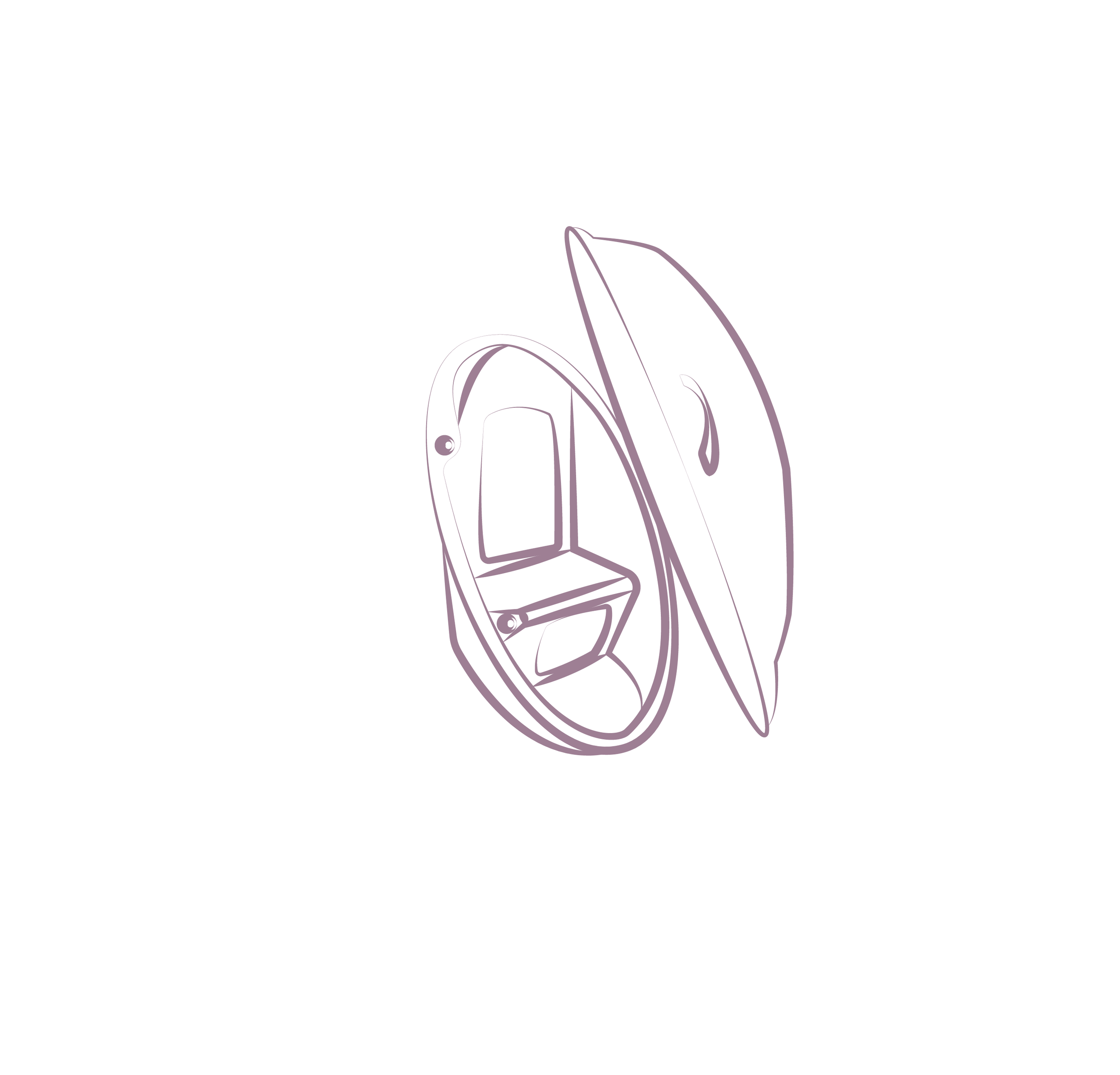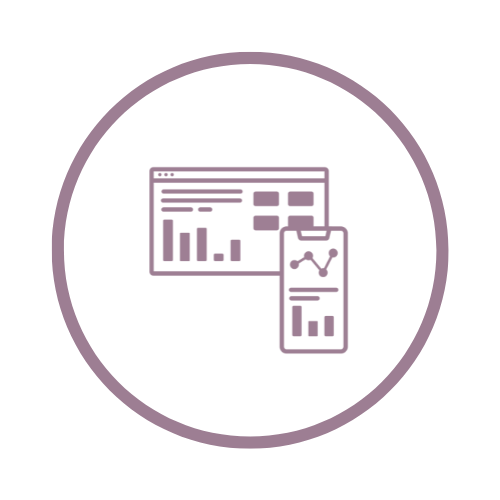BOD POD Test
What is a BOD POD Test?
A BOD POD test is one of the best ways to accurately measure your body fat percentage. A standard BOD POD test with a Fitnescity partner involves the subject sitting in an egg-shaped pod for 10 minutes while air displacement technology is used to calculate percent fat and fat-free mass. Measuring body fat with a BOD POD test is an excellent way to quickly, safely, and accurately track your wellness.
Most people are used to stepping on a scale now and then. But monitoring weight – while helpful – is not a precise way of assessing wellness or fitness. Body composition measurement with BOD POD can look beyond weight and the traditional body mass index (BMI) to determine body composition.
How does a BOD POD work?
The BOD POD Test is a fast, safe, non-invasive, and highly repeatable method of body composition.
The Technology
The BOD POD Gold Standard Body Composition Tracking System is an air displacement plethysmograph which uses whole-body densitometry to calculate fat and fat-free mass. The BOD POD is an egg-shaped device containing sensors that, in just a few minutes, use weight and volume measurements to provide an accurate, safe, comfortable, and fast body composition assessment.
Whole body densitometry is a method of estimating body composition. Technology within the wall of the BOD POD uses chamber pressure to determine body volume using Poisson’s Law. Average lung volume (thoracic gas volume) and skin surface area are calculated and subtracted from the total body volume to maximize accuracy. Finally, the BOD POD’s electric scale weighs the test subject to the nearest gram. Body density can then be calculated as Mass/Body Volume, and is used in known densiometric equations for calculating percent fat and fat-free mass.
Your Appointment
What happens during a BOD POD Test? You will arrive to the test center 15 minutes prior to your appointment having followed the proper pre-test protocols. Upon arrival, the center will provide any necessary paperwork and bring you back to their testing space. The test operator will give you time to change into the proper testing attire: compression shorts (and sports bra, as applicable) or a bathing suit. Your height and weight will be collected, then you will sit comfortably in the BOD POD without moving or talking for 35-45 seconds, for 2-3 rounds of measurement.**
What are the benefits of a BOD POD test?
Whether your goal is to lose, gain, or maintain your weight, the BOD POD provides body fat analysis including fat mass and lean mass.* Knowing this information about your body is crucial for optimizing your wellness, preventing disease, and tracking change over time. Most people are accustomed to stepping on a bathroom scale every now and then, but monitoring weight – while helpful – is not a precise method of assessing wellness or fitness.
Look beyond the bathroom scale.
Have you ever been surprised or frustrated by your weight after starting a new training plan or diet? This is not unusual, as most people do not fully understand the daily fluctuations that happen in the body or what factors can impact weight. The BOD POD is an excellent monitoring tool because it allows you to see how much fat and not-fat mass you have and how their ratio is changing. Sometimes, when in a caloric deficit or when macronutrient intake is unbalanced, the body can actually draw energy from muscle mass rather than fat stores during exercise. Regular BOD POD tests can help ensure you are gaining or losing mass the way you want to and help stay on track for your goals.
A BOD POD test can be completed in a few minutes, and provides highly accurate, safe, comfortable, and fast test results. It is also completely non-invasive, making it especially suitable for frequent, longitudinal tracking of body composition and metabolic changes over time.
BMI vs. Body Fat Percentage
BMI is one of the most popular methods of determining how healthy one’s weight is for their height. However, this method has numerous failings. The body is comprised of different substances which decrease in density from bone (the most dense) to fat (the least dense) with muscle in-between. Combinations of different substances can result in similar weights despite drastically different body compositions. For example, a lean individual with high muscle mass can weigh the same as an overweight individual with low muscle mass.
Because BMI is based solely on height and weight, it does not take into account what factors contribute to the weight. This is one of the reasons why body composition scans are so valuable. A BOD POD test is able to accurately isolate fat and lean mass in the body to provide the most accurate image of your wellness and evaluate health risks.*
Note: BMI is a valuable measurement for evaluating the stress on joints as a result of weight. Every pound of body weight places four to six pounds of pressure on each knee joint, irregardless of contributing factors.
How do I prepare for a BOD POD test?
Following the proper testing protocols for a BOD POD Test is important to ensure accuracy:
A two-hour fast is recommended prior to your test to ensure accuracy.
You must not consume alcohol or caffeine four hours prior to the test.
Attire
Women: Compression shorts and a tight-fitting sports bra or bathing suit.
Men: Compression shorts or speedo.
Swim caps are required. The staff will have swim caps available for use, but please feel free to bring yours if you'd like.
Body hair, particularly facial hair, may skew results.
How often should I get a BOD POD test?
How often you should test depends on the intensity of your training/nutrition plan. We typically recommend testing every 3, 6, or 9 months, but BOD PODs are uniquely suited for more frequent testing.
Frequent Monitoring
BOD PODs are safe, affordable, and completely non-invasive, making them especially suitable for frequent, longitudinal tracking of body composition and metabolic changes over time. If you are entering a bulk or cut, or training for a race or competition, you may want to check-in on your body fat and lean mass every month (or more) to ensure you are making progress toward your goals.
Combining Tests for Best Results
A common problem people experience when trying to change their body composition is not fully understanding how diet and exercise affect muscle growth and metabolism. Cutting calories too much or overexercising can sometimes have the opposite effect you’d expect: Metabolism can slow or your body can break down muscles for fuel instead of building it.
Getting frequent BOD POD Tests is a great way to ensure your body composition is changing how you want, but won’t give you a comprehensive picture of what’s happening inside. A Resting Metabolic Rate Test (RMR) is the perfect companion for a BOD POD. This test measures how many calories your body burns per day at rest and is critical for designing a personalized and effective nutrition plan.
What results are included with a BOD POD?
Total Body Composition
Body composition scans with BOD POD provide precise and accurate data on total body fat percentage, total fat mass, and fat-free mass.
Please note that, unlike a DEXA scan, the BOD POD test does not provide a regional body fat breakdown.
What is body composition?
Body fat, otherwise referred to as adipose tissue, is a connective tissue found throughout the body that regulates metabolism by communicating with both organs and the central nervous system through the release of hormones. Body fat is perceived as “bad” because of its association with obesity. However, the presence of sufficient body fat is an important part of a healthy body and plays several important functions.
Adipose Tissue
Adipose tissue increases as a result of fat cells growing in both size and number. Consuming too many calories over a long period of time causes the size of fat cells to grow and be stored across the body. Dieting or other weight loss strategies can shrink the size of these cells, but once created they cannot be destroyed. Larger fat cells are more resistant to insulin, leading to increased risk of Type II diabetes and cardiovascular disease. This is part of the reason why increased levels of fat in the body are associated with heart disease, stroke, Type II diabetes, cancer, and early mortality.
There are three main types of adipose tissue that perform different and very important functions in overall body function:
White Fat
White fat is what one typically thinks of when talking about “body fat.” It is designed for fat storage and found mostly commonly around the belly, hips, and thighs. This is the fat that you can grab in your hand (subcutaneous) or accumulates around your organs (visceral). White fat cells secrete over 50 types of hormones, enzymes, and growth factors which drive food intake, insulin sensitivity, and insulin secretion. An excessive amount of white fat disrupts hormone function, causing a number of health issues such as heart disease, stroke, Type II diabetes, cancer, and early mortality.
Brown Fat
Brown fat’s primary function is to produce heat in cold temperatures, protecting the body from hypothermia. Because this happens by breaking down sugar and fat to create energy, brown fat is also involved in regulating the metabolism of these substrates.
Brown fat is highest in infancy and decreases with age.
Beige Fat
Beige fat cells have a combination of white and brown fat cell characteristics. They are typically found within white cell clusters near the collarbone and spine. These cells are a combination of other fat cell types because although they are believed to be derived from white cells (through a process called “browning” which is a result of exposure to cold temperatures, good nutrition, and exercise), they burn energy like brown fat cells.
What is a “normal” body fat percentage?
The pounds of fat and lean mass which are considered healthy for each unique body depends on a number of variables including height and age. So, in order to evaluate if your fat mass is within normal limits, we use the body fat percentage measurement to make everyone’s unique data comparable.
Fitnescity uses population data to compare your results with Fitnescity customers who are similar to you. After receiving your Fitnescity Dashboard, you will be able to see how your body fat percentage compares to Fitnescity test population averages for those of the same age, gender, and race as you.
Body Fat Percentage Chart - Women
Body Fat Percentage Chart - Men
FAQs
Why should I test with Fitnescity?
By booking with Fitnescity, you receive easy-to-understand digital insights, a personalized dashboard that allows you to view your progress over time, and a physician follow-up call so you can go over your results in depth.
What is the difference between a BOD POD and a DEXA?
The DEXA will report fat mass versus non-fat mass, both in total and segmentally, as well as your total bone mineral density. Some DEXA scans also provide a Visceral Adipose Tissue (VAT) reading as well. The BOD POD will report total fat mass and non-fat mass.
Find more answers or chat with a team member in our Help Center.
*Individual location results may vary
**Individual location process may vary
Fitnescity does not provide medical advice, diagnosis, or treatment. Always seek the advice of your doctor or a qualified medical professional if you have any questions about your results.






















